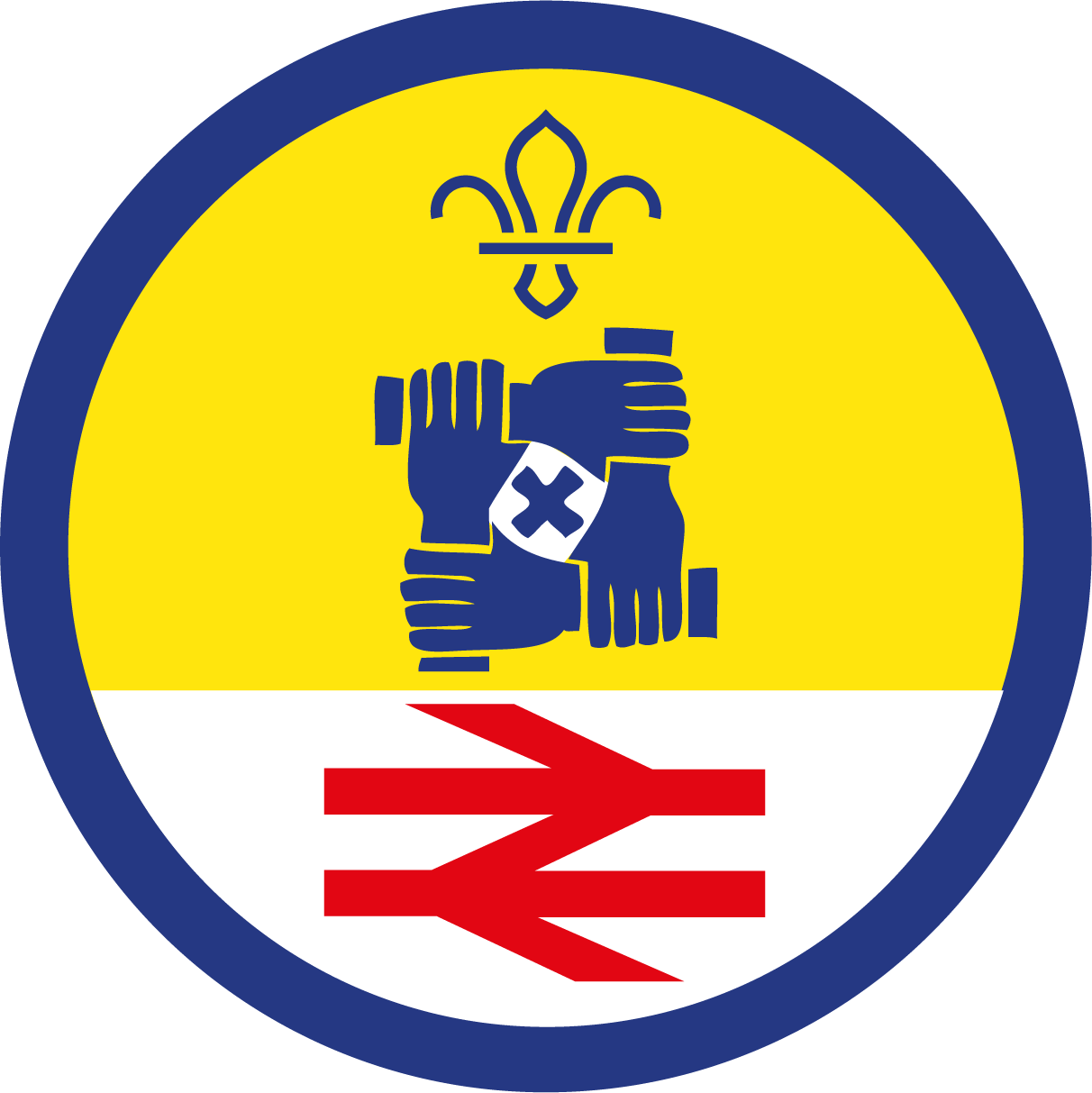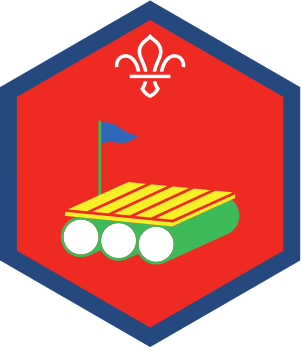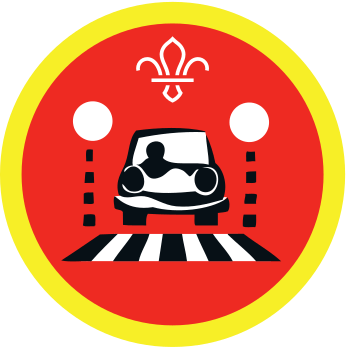Boss the Green Cross Code
You’ll need
- A4 paper
- Pens or pencils
- Hi vis clothing
Before you begin
- Stick the five ‘Crossing signs’ around your meeting place. You could make your own signs by writing on big pieces of paper if you want to.
- Plan a walk to an outside space with some footpaths that can be pretend roads. A local park with paths would be perfect.
- Identify a crossing on a local road – choose a road that’s quiet, or one with a low speed limit.
Learn the Green Cross Code
- The person leading the activity should read the ‘Green Cross Code rhyme’ (check it out below).
- Everyone should think of an action for each line – for example, for ‘look’, they could turn their heads and pretend to look down the road, or for ‘listen’ some people could put their hands to their ears while others make car noises.
- Everyone should practise shouting the word at the start of each line and saying the rest of the line before (or while!) doing the action.
Play the crossings game
- Call out a description of one of the five types of crossing stuck up around the meeting place.
- Everyone should move to the sign they think matches the description.
- Make sure everyone understands the right answer before moving on to the next description.
Practice on a path
- Get everyone into pairs to be ‘walking buddies’.
- Everyone should travel safely together to the outside space chosen and find a path to pretend to be the road.
- Some people should practise following the steps of the Green Cross Code to cross the path, while others check they’re doing it safely.
- People should swap so everyone gets at least one turn at crossing the path.
Cross a real road
- Everyone should travel safely to the quiet road the person leading the activity chose.
- Adults should stay near the crossing to alert any traffic.
- People should take it in turns to follow the Green Cross Code steps and safely cross the road.
- Everyone should travel safely back to the meeting place.
Think. Use your brains before your feet.
Stop. Wait on the path, stand back from the street.
Look right then left, then right once more.
Listen for cars or lorries, you’ll hear them roar.
Wait. There’s no need to take a risk.
Look and listen (again) – remember this.
Cross safely to the other side. Walk carefully – don’t run or slide.
Things can get tricky when crossing the road, so remember to use the Green Cross Code!
- This crossing is named after an animal because the pattern on the road looks like the animal’s black and white stripes. Cars stop here to let people cross the road. (Zebra crossing)
- This crossing sounds a bit like somewhere people may go on holiday. It’s a small raised area that’s a safe place for people to stand in between two sides of traffic. (Traffic island)
- This crossing rhymes with ‘muffin’, but its name is also a bird. This crossing is only for pedestrians, who can cross when their light is green. Detectors notice when there are no more pedestrians and turn the traffic lights green again. (Puffin crossing)
- This crossing can also be called an overpass or overcrossing. People walk up and over it using ramps or stairs. The crossing is made for pedestrians, and in some cases also cyclists, horse riders, and animal traffic. (Footbridge)
- This crossing also shares its name with a bird and is ruled by traffic lights. It’s for both pedestrians and cyclists, though, which means two types of people can use it. (Toucan crossing)
Reflection
This activity was a chance for everyone to understand how to cross roads safely. This is an important skill because it keeps people safe, and means they can help their families when they’re out and about. It’s also an important skill to learn and practise ready for when everyone’s ready to go out (and cross roads) on their own then they’re older. Can anyone remember any of the Green Cross Code rhyme to finish the session?
To cross roads safely, people need to be independent. Why is it important to think and decide for yourself whether it’s safe to cross, not just copy someone else? How did it feel when you crossed the road safely? Do you usually think about when it’s safe, or do you rely on other people?
Safety
All activities must be safely managed. You must complete a thorough risk assessment and take appropriate steps to reduce risk. Use the safety checklist to help you plan and risk assess your activity. Always get approval for the activity, and have suitable supervision and an InTouch process.
Challenge someone to lead the whole group safely across a path in the park (but not an actual road).
You could add hand signs to the steps.
All Scout activities should be inclusive and accessible.


